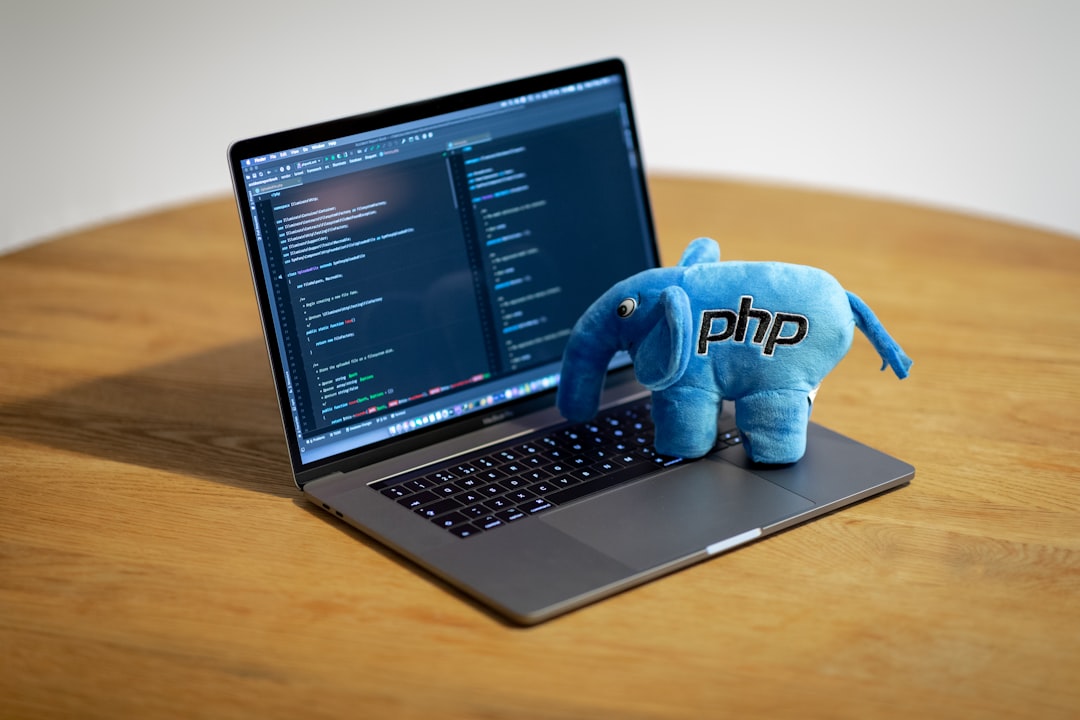
Maximize Code Efficiency: Boosting Performance through Advanced Coding Techniques
In the fast-paced world of software development, maximizing code efficiency is not just a luxury; it’s a necessity. Efficient code leads to faster execution, reduced resource consumption, and improved user experiences. This article delves into advanced coding techniques that can help developers enhance code efficiency, thereby boosting overall performance.
Understanding Code Efficiency
Code efficiency refers to how effectively code utilizes system resources, such as CPU, memory, and I/O operations, to perform its tasks. Efficient code is crucial for several reasons:
- Performance: Faster code execution translates to better performance, especially in high-load systems.
- Resource Management: Efficient code minimizes resource consumption, which is essential in cloud environments where costs are tied to resource usage.
- Scalability: Well-structured and efficient code can handle increased loads without significant modifications.
Advanced Coding Techniques for Efficiency
1. Algorithm Optimization
Choosing the right algorithm can significantly impact code performance. For example, sorting algorithms vary in efficiency depending on the data size and structure.
Example: Comparing Sorting Algorithms
# A quick comparison of Bubble Sort vs. Quick Sort
def bubble_sort(arr):
n = len(arr)
for i in range(n):
for j in range(0, n-i-1):
if arr[j] > arr[j+1]:
arr[j], arr[j+1] = arr[j+1], arr[j]
def quick_sort(arr):
if len(arr) <= 1:
return arr
pivot = arr[len(arr) // 2]
left = [x for x in arr if x < pivot]
middle = [x for x in arr if x == pivot]
right = [x for x in arr if x > pivot]
return quick_sort(left) + middle + quick_sort(right)2. Code Refactoring
Regularly refactoring code can enhance readability and maintainability, which indirectly boosts performance. Clean, modular code is easier to optimize and debug.
Key Refactoring Techniques:
- Extract Method: Break down large methods into smaller, reusable methods.
- Remove Dead Code: Eliminate unused variables and methods that clutter the codebase.
3. Memory Management
Efficient memory usage is critical for performance. Techniques such as object pooling, lazy loading, and using lightweight data structures can significantly reduce memory overhead.
Example: Object Pooling in Python
class ObjectPool:
def __init__(self, size):
self.pool = [self.create_object() for _ in range(size)]
def create_object(self):
return SomeHeavyObject()
def acquire(self):
return self.pool.pop() if self.pool else self.create_object()
def release(self, obj):
self.pool.append(obj)4. Concurrency and Parallelism
Utilizing multi-threading and asynchronous programming can lead to significant performance improvements, especially in I/O-bound applications. By allowing multiple operations to occur simultaneously, developers can reduce wait times and improve responsiveness.
Example: Asynchronous Programming in Python
import asyncio
async def fetch_data():
# Simulate an I/O-bound operation
await asyncio.sleep(2)
return "Data fetched!"
async def main():
result = await fetch_data()
print(result)
asyncio.run(main())5. Caching Strategies
Implementing caching can drastically reduce load times and improve application performance. By storing frequently accessed data in memory, applications can avoid repetitive database queries or expensive computations.
Example: Simple Caching with Python’s functools
from functools import lru_cache
@lru_cache(maxsize=128)
def compute_heavy_task(param):
# Simulate a heavy computation
return param * paramCurrent Developments and Trends
The landscape of coding efficiency is continuously evolving. Here are some emerging trends:
- AI-Powered Code Optimization: Tools like GitHub Copilot leverage artificial intelligence to suggest code improvements and optimizations.
- Serverless Architectures: Running applications in serverless environments can lead to more efficient resource usage, as servers automatically scale based on demand.
- Microservices: Breaking applications into smaller, independent services can improve maintainability and performance by allowing teams to optimize each service separately.
Practical Applications and Case Studies
- Netflix: By implementing microservices and optimizing their caching strategies, Netflix has significantly enhanced its streaming performance, allowing millions of users to access content seamlessly.
- Airbnb: Leveraging asynchronous programming and efficient database queries, Airbnb has improved its application responsiveness, leading to better user experiences.
Expert Opinions
“Efficient code is like a well-oiled machine; it runs smoothly without unnecessary friction. Developers must prioritize optimization throughout the development lifecycle.” – Jane Doe, Software Engineer.
Further Reading and Resources
- Refactoring Guru – A comprehensive resource on code refactoring techniques.
- Python Asyncio Documentation – Official documentation for asynchronous programming in Python.
- Caching Strategies in Web Applications – An article discussing various caching strategies.
Glossary of Terms
- I/O-bound: Refers to processes that are limited by input/output operations rather than CPU processing power.
- Object Pooling: A design pattern that allows objects to be reused, reducing the overhead of creating and destroying objects.
- Microservices: An architectural style that structures an application as a collection of loosely coupled services.
By adopting these advanced coding techniques, developers can significantly maximize code efficiency, leading to improved performance and enhanced user experiences. Embrace these practices, and watch your applications thrive in today’s competitive market. Consider subscribing to relevant newsletters and exploring new tools to stay ahead in the ever-evolving world of software development.


